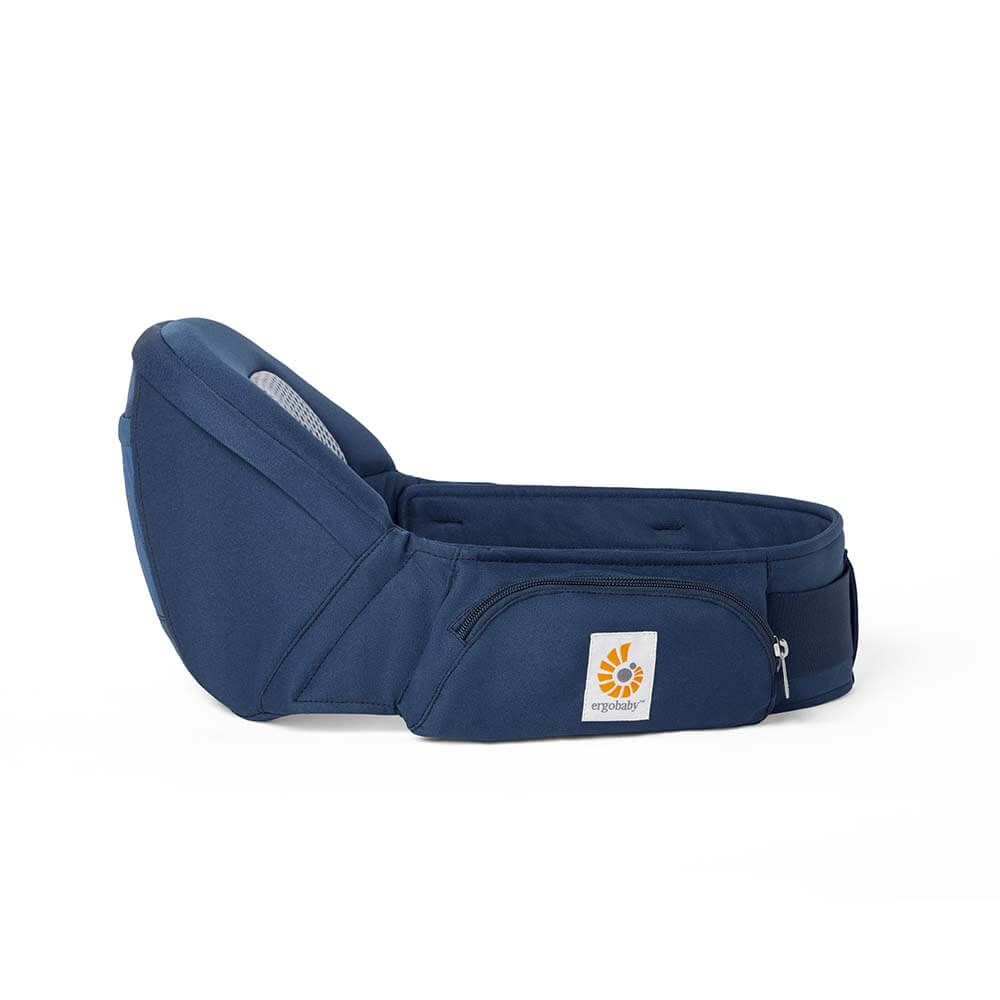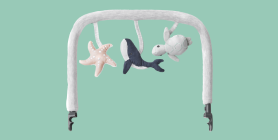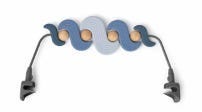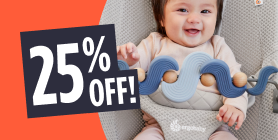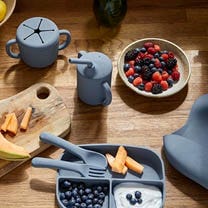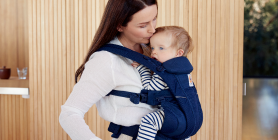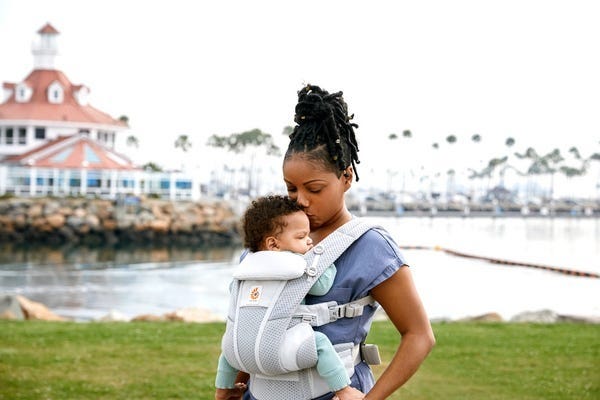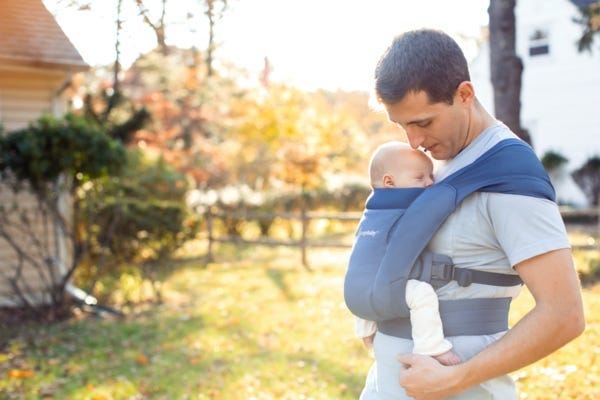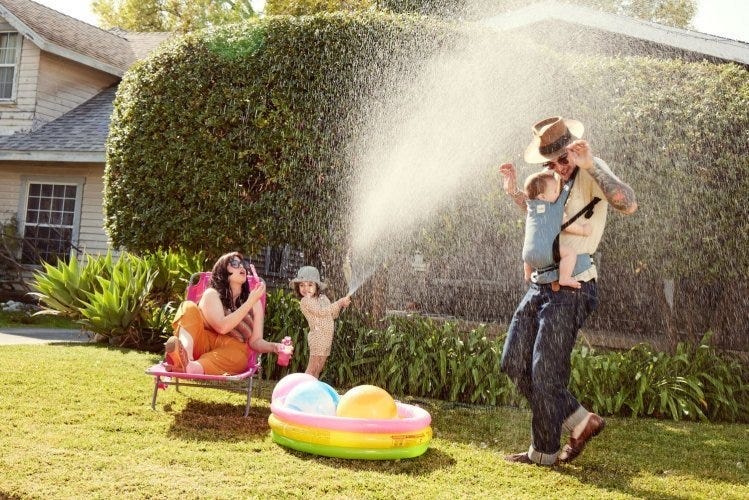Author Betsy Miller was successfully treated for hip dysplasia as an infant, and was able to walk, run, jump and play in her youth. As an adult, she experienced an unusual problem with her hips that lead her to search for answers that were not readily available except in medical journals. Being a professional technical writer, she was inclined to seize the subject and dive into research to find her own answers. She shares the depth and details of what she found, the most helpful and clear information, to allow parents to care for their children with hip issues with less confusion and more confidence. In The Parents’ Guide to Hip Dysplasia, Betsy Miller combines her experience and interest in hip dysplasia with her skills as a technical writer to bring parents answers to their questions about DDH and CDH. This 118-page book is written in simple every-day language and includes the practical and medical facts of developmental dysplasia of the hip, and congenital dysplasia of the hip. Any parent caring for a child with hip dysplasia will find valuable insights ranging from hip dysplasia in infancy to adulthood complications and every aspect of healing. All stages and factors of the process are considered, with insights and quotes directly from parents of children with hip dysplasia. Betsy Miller gives credit to the Hip-baby discussion group members for inspiring her to write this book. She is grateful for their supportive practical comments and suggestions and to Nancy Saunders for creating the Hip-baby website (www.hip-baby.org). The “Understanding Hip Dysplasia” chapter states, “There is no known way to predict hip dysplasia or to prevent it from occurring, but it is highly treatable.” The hip joint structure, risk factors, and facts about the consequences of not treating hip dysplasia are covered. There is also a thorough explanation of the many tests, checkup exams, and treatment options to help determine what is best for your family. Helpful specifics include shielding the ovaries and testes from radiation, how to interpret x-rays, and ways to protect a child’s health and comfort in the process, as well as your own. One Hip-baby Discussion Group member shared, “I was so scared and cried non-stop. It is normal. The fear of the unknown is worse than the reality of treatment. It really is.” The chapter on “Developing a Treatment Plan” includes treatment choices, getting a second opinion, coping with treatment, communicating with your doctor, choosing your doctor and other health complications that may add to your treatment needs. If you’ve ever wondered who is doing what with so many health care worker titles these days, there is a chart with definitions of what care you can expect from a: Nurse Practitioner, an Orthotist, a Pediatric orthopedic surgeon, a Physical therapist, a Radiologist, and a Geneticist, among others. Health Insurance and Financial Assistance, cleaning and caring for Pavlic harnesses, diapering, skin care, clothing tips, and how to comfort a fussy baby are all covered. What about bedtime and swaddling? Suggestions discussed are: “Prop up your baby’s legs, consider using a swing, and try tummy time. Other nighttime concerns lead into a look at different types of braces, surgery, preparing for a hospital visit or surgery, and living with a baby in a cast. If you are interested in adults with hip dysplasia or a rich resource list go straight to the end of the book where Betsy has created a thoughtful list of potential searches and recommended ways to stay up-to-date on the latest hip dysplasia research, information and available support. Your feelings are important and it is suggested, “…remember that in spite of the fact that your child’s hips are the center of your universe now, this will not always be the case.” And there is more hope: “Everything takes longer than it ought to, and facing the weeks and months of treatment ahead is daunting. As you and your child develop routines, life…becomes easier to manage.” One mother, Heather, is grateful for her daughter’s teaching her so much through many surgeries and treating her daughter, Delaney’s severe hip dysplasia. Heather says she has learned these things, to name a few:
- “To slow down and enjoy things in ’baby steps.’”
- PATIENCE, PATIENCE, and more PATIENCE!
- The actual meaning of strength and perseverance – not the textbook version.
- That heroes can be three feet tall!
- That I am stronger than I thought.”
May The Parents’ Guide to Hip Dysplasia make your strengths come easily, and prepare you well, so you feel supported throughout your healing journey from hip dysplasia to celebrating healthy hips. Link: http://betsymillerbooks.weebly.com/ Author Betsy Miller’s website for A Parents’ Guide to Hip Dysplasia and A Parent’s Guide to Club Foot.
Emotional Benefits of Getting Outside
Spending time in nature with your baby can strengthen the bond between you. The simple act of holding your baby close, feeling their warmth, and sharing new experiences together can create strong emotional connections. It’s also a wonderful way to reduce stress and improve your mood. When my littles were extra fussy, I’d take a walk around the neighborhood. Even though I don't live in an area with trails and surrounded by nature, simply behind outside changed everything. A little vitamin D does wonders!
Cognitive Development
Nature is a sensory wonderland for babies. The different sights, sounds, and smells can stimulate your baby’s senses and promote cognitive development. Watching leaves rustle, hearing birds chirp, and feeling the texture of a tree bark can all contribute to their learning and development.
All About Baby Carriers for Nature Adventures
Choosing the Right Baby Carrier
When it comes to selecting the best baby carrier for summer adventures, there are several options to consider.
Types of Baby Carriers:
- Wraps: Perfect for newborns, providing a snug and secure fit.
- Slings: Ideal for quick and easy use, offering good ventilation.
- Soft Structured Carriers: Versatile and comfortable for both parent and baby, suitable for longer trips.
Factors to Consider:
- Baby’s Age and Weight: Ensure the carrier is appropriate for your baby’s size and weight. For example, Ergobaby’s Embrace Newborn Carrier is perfect for the fourth trimester where baby is small and you’re looking for an easy way to stay close. As they grow, you’ll want to upgrade to an all-position carrier that’s meant for growing babies.
- Parent’s Comfort and Ergonomics: Look for carriers with padded shoulder straps and lumbar support if you’re planning on longer outings.
- Ease of Use: Choose a carrier that is easy to put on and take off.
- Climate and Breathability: Opt for carriers made of breathable fabrics to keep you and your baby cool in hot weather.
Safety Tips:
- Proper Positioning: Ensure your baby is seated correctly, with their legs in an "M" position and their head should be close enough to kiss.
- Checking for Wear and Tear: Regularly inspect your carrier for any signs of damage.
- Ensuring Adequate Support: Make sure the carrier provides proper support for your baby’s head and neck.
Exploring Nature with a Baby Carrier
Ideal Spots for a Nature Walk with Baby
- Parks and Gardens: Great for leisurely walks and picnics.
- Nature Trails and Forests: Perfect for more adventurous outings.
- Beaches and Lakesides: Wonderful for enjoying the water and sand, with the right carrier.
Activity Ideas
- Hiking: Enjoy a scenic hike with a hiking baby carrier that offers support and storage.
- Bird Watching: Use your carrier to keep your baby close while you explore and observe wildlife.
- Picnics: A carrier can free up your hands, making it easier to carry picnic supplies.
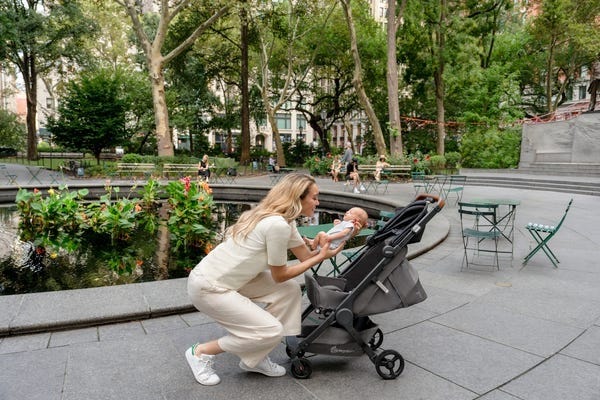

Advantages of Using Strollers for Nature Adventures
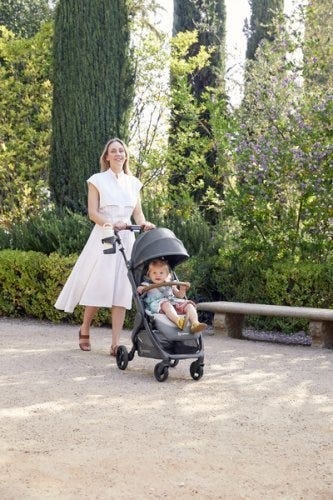

While baby carriers are fantastic for mobility and closeness, depending on the adventure of choice you might want to be a stroller along too.
There are a LOT of baby stroller options on the market. So we understand how confusing it can be to choose the one that’s right for your family. Not only are there a variety of brands, but a variety of strollers that serve different purposes.
There are a few types of strollers on the market:
- Full-sized stroller: This is typically the stroller parents thing of buying for all its versatility.
- Lightweight or umbrella stroller:These compact strollers are perfect for on-the-go adventures.
- Jogging stroller: Designed for parents who want to combine fitness with outdoor adventures.
- Double stroller: Designed for parents with multiple kids, especially twins.
- Car seat carrier: These strollers connect to a specific car seat. We don't typically recommend these as they can be unsafe for baby and uncomfortable for parents who are pushing.
Learn more about the types of strollers and which one would be best for you.
Benefits of Bringing a Stroller
- Storage Space for Gear: Ample room for carrying all your essentials like a diaper bag, beach toys and more.
- Shade and Weather Protection: Built-in canopies to shield your baby from the sun when they are lounging.
- Options: If you have more than one kid, you can stroll with one and carry the other. Or, if you’re getting warm or your little one is getting fussy, you can switch up their position from stroller to carrier or vice versa.
Safety Tips for Strollers
- Ensure your stroller is in good working condition. Make sure buckles are still buckling and that there are no rips or holes that could compromise your baby’s safety.
- Use sunshades or bug nets to protect your little one’s skin.
- Securing the baby properly: always buckle up your baby for safety even if you think they are old enough to go without the buckle.
Combining Baby Carriers and Strollers
For the ultimate flexibility, consider using both a baby carrier and a stroller on your outings.
Combining both options allows you to adapt to different situations. Use the carrier for more rugged trails and switch to the stroller for smoother paths or when your baby needs a nap.
Transition Tips
- Smooth Transitions: Plan stops where you can easily switch from carrier to stroller.
- Pack Light: Only bring essentials to make transitions easier.
Tips for a Successful Adventure
Planning Ahead
- Route Planning: Choose baby-friendly trails and parks. Check local mom groups or outdoor groups and get recommendations for the best outings for kids.
- Check Weather Conditions: Avoid extreme heat or unpredictable weather. Even with our most breathable carriers, when it’s hot, it’s hot. And having two bodies against each other in the heat will be naturally hot and sticky already.
- Packing Checklist: Include diapers, snacks, water, sunscreen, and a first-aid kit. These all-position carriers have storage pockets where you can fit some of the items easily!
- Stay Hydrated and Nourished: Pack healthy snacks to keep energy levels up and bring plenty of water for both you and baby.
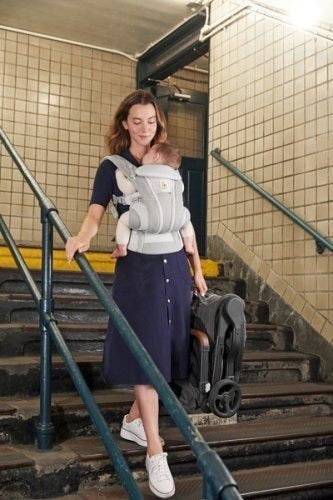

Summer adventures with your baby are a wonderful way to create lasting memories and enjoy the beauty of nature together. From baby carriers to strollers, Ergobaby products are designed to provide comfort and ease for both you and your little one. So, gear up, get outside, and explore the world with your baby by your side.
Ready to embark on your own summer adventures? Check out Ergobaby’s range of baby carriers and strollers to find the perfect match for your family’s needs. Visit our website today and start planning your next outdoor excursion!





